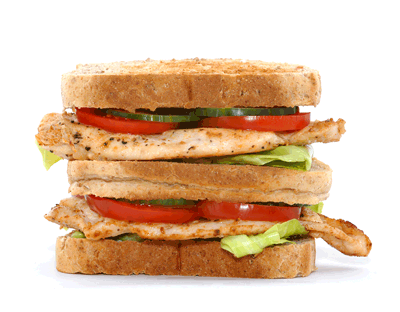 |
| Photo by danperry.com |
For the average golfer, the thought of playing on courses that tour pro's frequent is a pipe dream. Spending hundreds of dollars on a round of golf might be rewarding at the time, but can leave you with feeling that you wasted money. After all, there are plenty of great golf courses priced well under a hundred dollars. The idea of playing a famous golf course though still remains on the top of many golfer's wish list. To see that dream come true, golfers should look for cheaper winter rates.
To help you fulfill your dream of playing a world renowned course but keeping your finances in check at the same time, I have listed some of the best winter golf rates available. If you are looking for even more ideas for affordable courses to play this winter, check out Golf Magazine's list of the top 100 public access golf courses that you can play. Many of the courses in their top 100 are closed in the winter, but still may offer an excellent summertime value.
Whistling Straights Irish Course
Designer: Pete Dye (2000)
Location: Haven, Wisconsin
Peak Season Rates: $180
Winter Golf Rates: $60 (November-December)
Savings Percentage: 67%
Bandon Dunes / Pacific Dunes Golf Resort
Designer: David McLay Kidd - Bandon Dunes (1999) / Tom Doak - Pacific Dunes (2001)
Location: Bandon, Oregon
Peak Season Rates: $225
Winter Golf Rates: $75 (November 20-January), $90 (February), $120 (March)
Savings Percentage: $67%
The Broadmoor East
Designer: Donald Ross (1918) & Robert Trent Jones Sr. (1965)
Location: Colorado Springs, Colorado
Peak Season Rates: $235
Winter Golf Rates: $100 (November-March)
Savings Percentage: 57%
Harbour Town Golf Links
Designer: Pete Dye, Jack Nicklaus (1969)
Location: Hilton Head Island, South Carolina
Peak Season Rates: $260 (Note - rates scheduled to drop on May 16th, 2011)
Winter Golf Rates: $165 12:00PM Special / $200 Anytime (November 29-March 6)
Savings Percentage: 37%
Wolf Creek Golf Club
Designer: Dennis Ryder (2000)
Location: Mesquite, Nevada
Peak Season Rates: $195
Winter Golf Rates: $125 (November 22-December), $145 (January 1-January 23)
Savings Percentage: 36%
The Greenbrier
Designer: Seth Raynor (1924), Jack Nicklaus (1977)
Location: White Sulphur Springs, West Virginia
Peak Season Rates: $195
Winter Golf Rates: $135 (April 1-20 / October 21-November 2)
Savings Percentage: 31%


